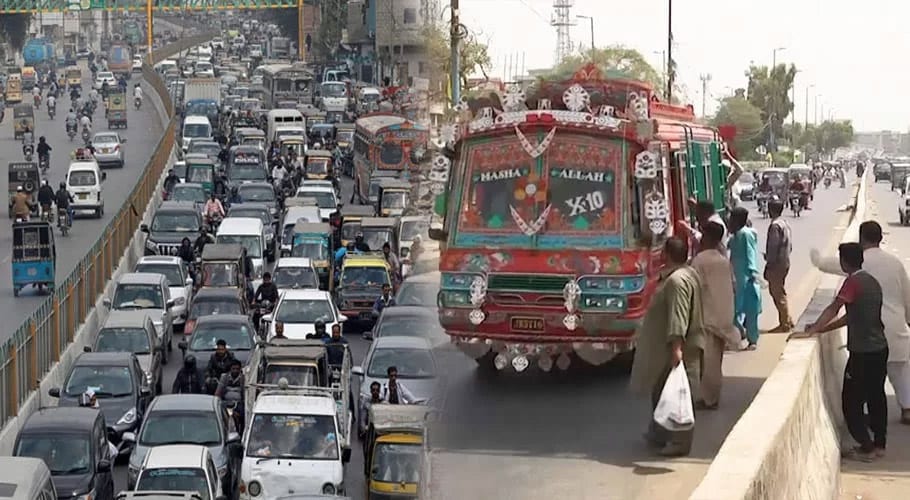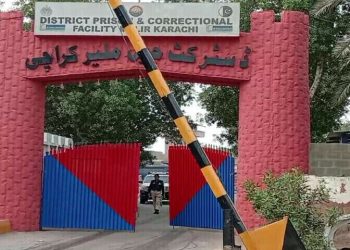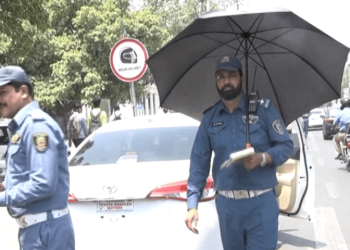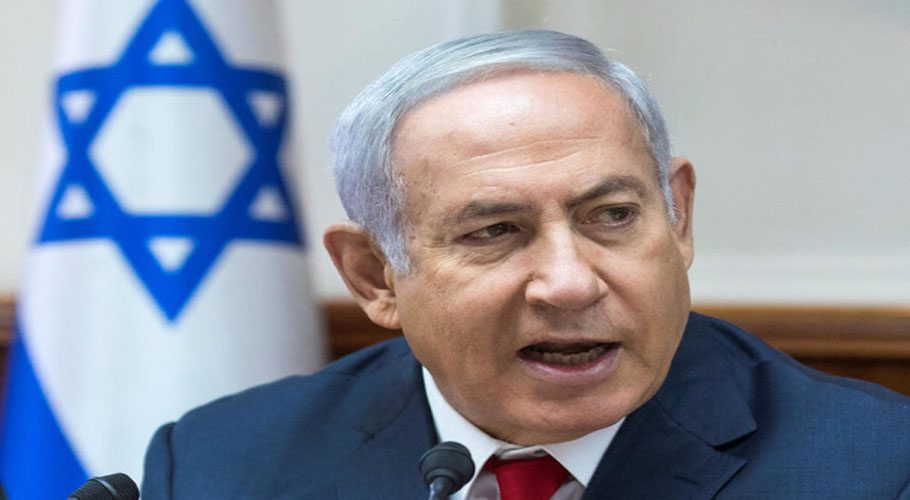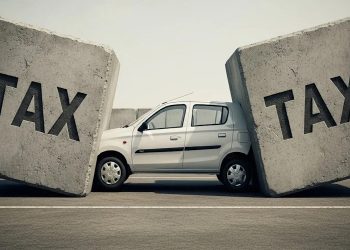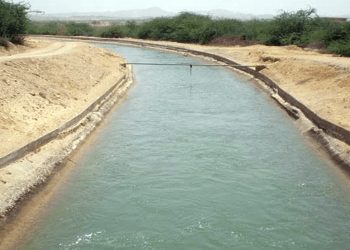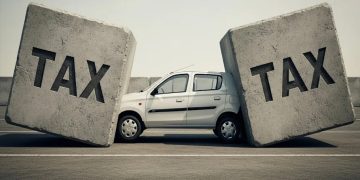Karachi is a megacity of more than 20 million people which is the economic heart of Pakistan and is rightly called mini-Pakistan. The 20 million people of the city, the biggest and the most diverse city of the country have been suffering severe problems for a long time.
Power shortages, water scarcity, crime, and environmental challenges are some of the major issues and the people of the metropolis seem to be trapped under the detrimental impacts of such life-threatening issues.
Not only have these issues engulfed Pakistan’s economic hub, but they have also pulled the helpless people of Karachi into a dilemma.
Besides, the urban public transport problem in the metropolis is aggravating with each passing day due to Politics on civic issues by rulers.
The federal, provincial and city governments seem to be lacking a vision and strategy to handle the situation where the mounting population looks for an increasing number of public transport means however the number of vehicles is on the decline due to a number of causes.
Paradoxically, no new bus routes have been introduced for years while no buses are being operated on at least 329 existing routes in the city.
The public transport problem in the metropolis has aggravated dramatically over the years and has now become the most severe one being faced by Karachiites at the moment.
Due to neglect on the part of the authorities concerned, a large number of poor people have to change several buses to reach their destinations.
Current situation of transport
According to the World Bank, there should be a 100-seater bus for every 1,500 people. So considering Karachi’s population of 14.91 million, there should be 20,448 35-seater minibusses and 5,566 50-seater buses. But the number of buses plying the roads is much less than that.
There are a total of 329 routes in the metropolis out of which only 111 buses are available while there are 218 routes where people are forced to pay exorbitant prices for rickshaws and taxis.
Most working-class people can’t afford private vehicles therefore they rely on public transport services. nevertheless, it is the privately-owned vehicles that dominate the transport services as the Karachi Transport Ittehad (KTI) is an alliance of privately owned buses, taxis and rickshaws.
Most use buses and minibusses since they are the least expensive model, with fares now Rs 20 for 5 km and Rs 35 for 10-20 km. These are expected to rise further due to increases in fuel prices.
Overloading of passengers
A key problem is that of the overloading of passengers (an average of 45 passengers per bus). Over half of the passengers don’t even get a place to sit, particularly during rush hours (8:00 am to 9:30 am and 5:00 pm to 7:00 pm).
They are forced to stand in the passageway, hang on the edge of the doors or sit on the roof. This issue is mostly because of the shortage of buses accessible to meet the immense demand.
Safety standard issues
There are copious behavioral issues observed inside public transport especially buses. Despite the existence of a partition, sexual harassment takes place with incidents of intentional touching or men taking pictures of women without permission.
Pickpockets are also common. Drivers sometimes play vulgar music, especially during the night, creating a sense of uneasiness for some passengers.
Buses don’t follow basic safety standards as there are no formal continuance checks. Several have broken windows, torn seats and missing doors.
CNG cylinders are attached underneath front row seats creating hazardous conditions for passengers. Circular railways, green lines and other projects are slowing down.
Conflicts between federal, provincial governments
Karachi Metropolitan Corporation (KMC) had announced the Transport Master Plan 2030 where six bus transit routes (BRT) have been promised. The routes will cover 95.1km and provide transport to about 350,000 people daily.
In June 2018, the government had also announced the revival of the now-defunct Karachi Circular Railway. A 50 km track was promised to be built, covering all the industrial and urban areas of the metropolis.
However, there have been numerous delays in the progress of each of these projects due to conflicts between the federal and provincial governments.
Need for more buses and plans
The concerned authorities have miserably failed to give any relief to commuters regardless of having spent millions of rupees on improving the public transport system over the past five years.
There was a need for more buses in all parts of the metropolis as the population had increased. New routes were also required.
It would be hard to cater to the needs of Karachi commuters even if 10,000 new buses were brought in on the roads on an emergency basis.
Karachi possesses more than 10,000 km of developed road length. Though repair and maintenance are essential for about two-thirds of this distance, the work can be divided into phases. In the first phase, all major arterial roads should be repaired.
The next stage of the project can address the issue of repairs of main roads in commercial locations and key industrial areas. To achieve this, however, the present capacity of municipalities would need to be drastically upgraded.
Several problems related to traffic jams, congested road space, noise pollution and accidents could be curtailed through proper driver education. This needs a strong political will and vision on the part of a government.







